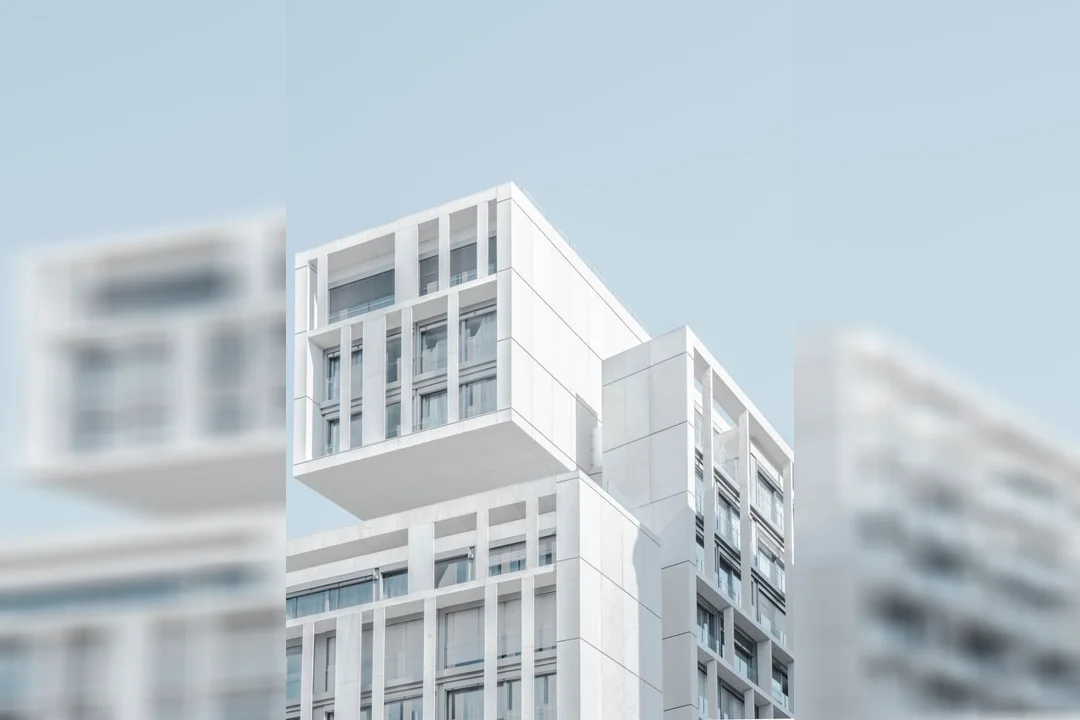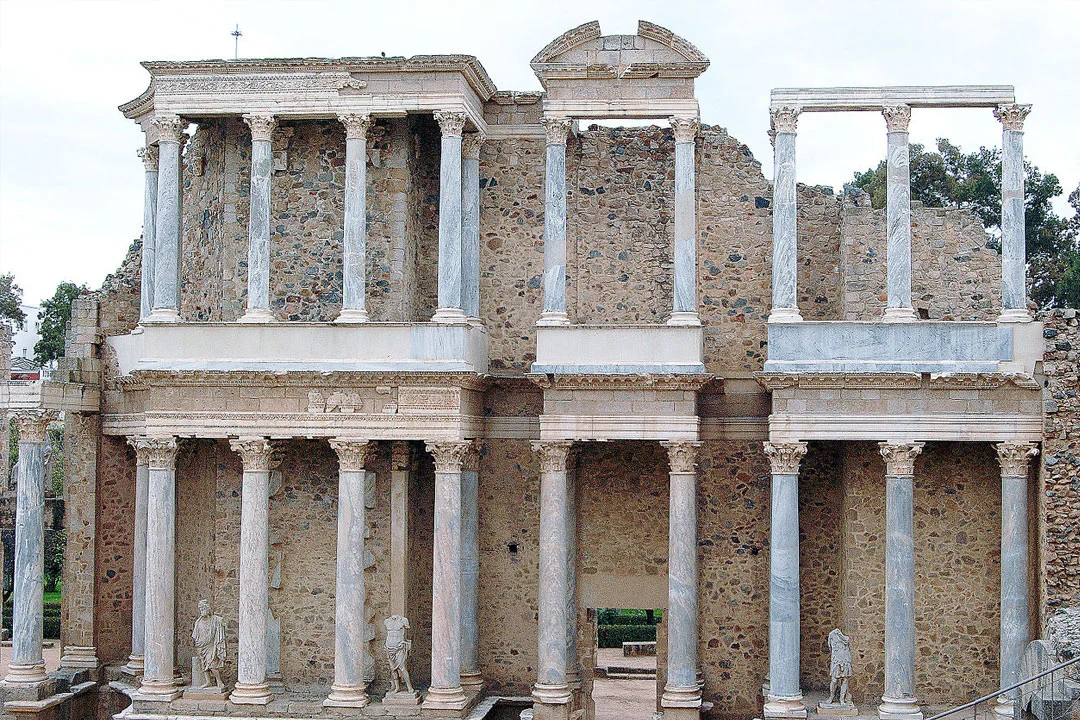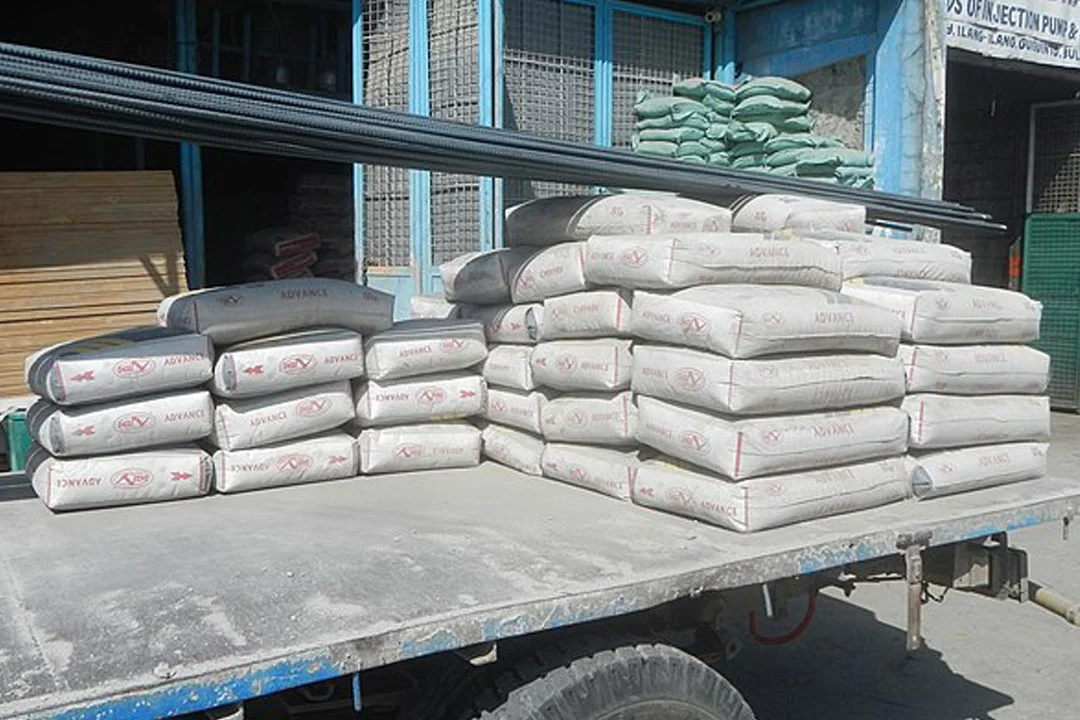Types of Concrete Used in Residential Projects
There are thousands of types of concrete available for residential use. In addition to choosing a concrete, you'll still need to make decisions about concrete finishes, such as stains and sealers.
Remember that the greatest value that concrete offers you is its durability and longevity. Therefore, the most important thing is to choose a mix with the right strength, the right frame or mold for pouring.
The first decision is to decide what type of concrete is best for your project. Choose whether you need ready-mix concrete delivered to you or plan to mix it yourself from a dry mix.
Our trucks arrive directly at your site with wet concrete ready to be poured at your base. For residential projects that require a small amount of concrete, such as stairs, outdoor tables, benches, or countertops.
The prepared mix is often used to cast this type of concrete. For concrete driveways, flagstones, and sidewalks, a 4-inch-thick pour is typical. (This thickness is added to 2-3 inches of gravel, sand, limestone, or other aggregate.)
After one month of curing, 4,000 psi (pounds per square inch) is the lowest strength in the industry for concrete driveways, floors and sidewalks. However, 4500 psi is ideal.
Home foundations require a thicker pour of 8 to 10 inches and 3,500 to 4,000 psi of pressure. Concrete projects of this type are often poured into wooden frames, trenches, or a combination of both.
Garage and interior flooring
For garage floors and interior floors, a 4" pour with standard slab is recommended.
For interior floors and garage floors, the recommended minimum strength is 2,500 psi; however, similar to tile projects, 4500 psi is ideal, especially for garage floors that must withstand more wear and tear and heavy machinery.
Building this type of concrete project is easy because the framework of the room already exists. You just need to remove the trim, pour and seal the concrete, and replace the trim.
Indoor and outdoor countertops
A thickness of 1.5 to 2 inches is recommended. If you want a chunkier look for aesthetic reasons, the site recommends adding a drop-nose feature to the outer edge of the countertop to keep the weight of the countertop manageable.
It is recommended to choose a compound with high early strength for faster processing, high flexural strength for resistance to cracking, and low shrinkage potential to minimize curling.
Even with these specifications, there are several types of concrete mixes available, including hand-filled and rigid sand mixes, aggregate mixes for vibration or setting mixes, and polymer-based flowable mixes.
Concrete countertops are poured into forms, and additives such as mesh, fiberglass, and steel are often used to help ensure the longevity and durability of the concrete.
Internal and External Stairs
Stairs are typically at least 9 inches wide and 6 to 10 inches high between steps. Stair travel is the number of inches a person's foot length allows, usually around 8 inches.
To form a concrete staircase, a dry mix is prepared and poured into a wooden frame. For exterior stairs, or stairs with more than five steps, it is best to have the concrete delivered to the site and professionally poured into the formwork.
If you live in the concrete or southern area of Mexico City and are looking for a concrete supplier, you can call us at +52 (55) 5598-8348 or contact us online today. No matter the size of your project, we have the perfect mix of concrete for all your construction needs.




